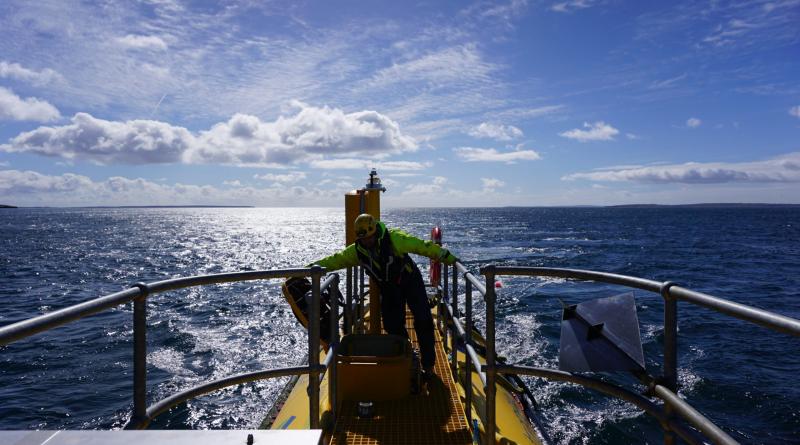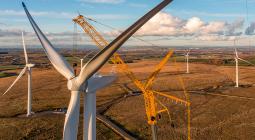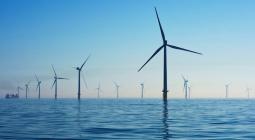New offshore renewables strategy sets the stage for large-scale deployment of ocean energy.

The new European Offshore Renewable Energy Strategy, published today, clearly acknowledges the massive industrial and environmental benefits that ocean energy can bring to Europe. Ocean Energy Europe welcomes this important step towards scaling up a brand-new European industry, while calling for swift, concrete implementation of the Strategy’s actions.
The Strategy’s commitment to support a pipeline of 100MW of ocean energy projects in the water by 2025, and at least 1 GW by 2030, will provide a boost to the sector in the coming decade.
A 2050 deployment target of 40GW provides a good starting point for building out the sector over the longer term. That said, the ocean energy industry has ambitions far beyond this target – and Europe should too.
There is no time to lose in mapping out how exactly the EU and member states will deliver this investment, so that Europe - and its ocean energy developers - can keep a competitive edge.
Remi Gruet, CEO of Ocean Energy Europe, commented: “The message from the ocean energy sector is clear: we are more than ready for this. We are confident the case for ocean energy will be self- evident once 100MW has hit the water. The Strategy is an encouraging start to the coming decade – what we need now is to transform aspirations into actions.
Offshore renewables projects bring long-term benefits, but they also take time to get into the water – the ocean energy sector, the Commission and national governments need to roll up their sleeves and start implementing the Strategy right away.”
Revising the State Aid guidelines to ensure they are fit-for-purpose and enable national support is another crucial component of the Strategy. Demonstration projects for emerging technologies don’t undermine competition and should be explicitly excluded from future State Aid rules.
The promised platform on offshore renewables within the Clean Energy Industrial Forum (CEIF) can bring together the right actors from across Europe, but only with clear deliverables and an effective reporting structure will it be able to achieve its mission. High-level Member State participation is critical. National governments are strongly motivated to develop ocean energy, but they need to know that they won’t be investing alone, and that there will be a future European market for their companies. The CEIF can help manage both these concerns.
The strategy also highlights the importance of sea access and grid development for offshore renewables. A new framework for long-term offshore grid planning and clear objectives in national maritime spatial plans will go a long way towards providing the kind of regulation and infrastructure that the roll-out of ocean energy requires.
19 November 2020
OCEAN ENERGY EUROPE




